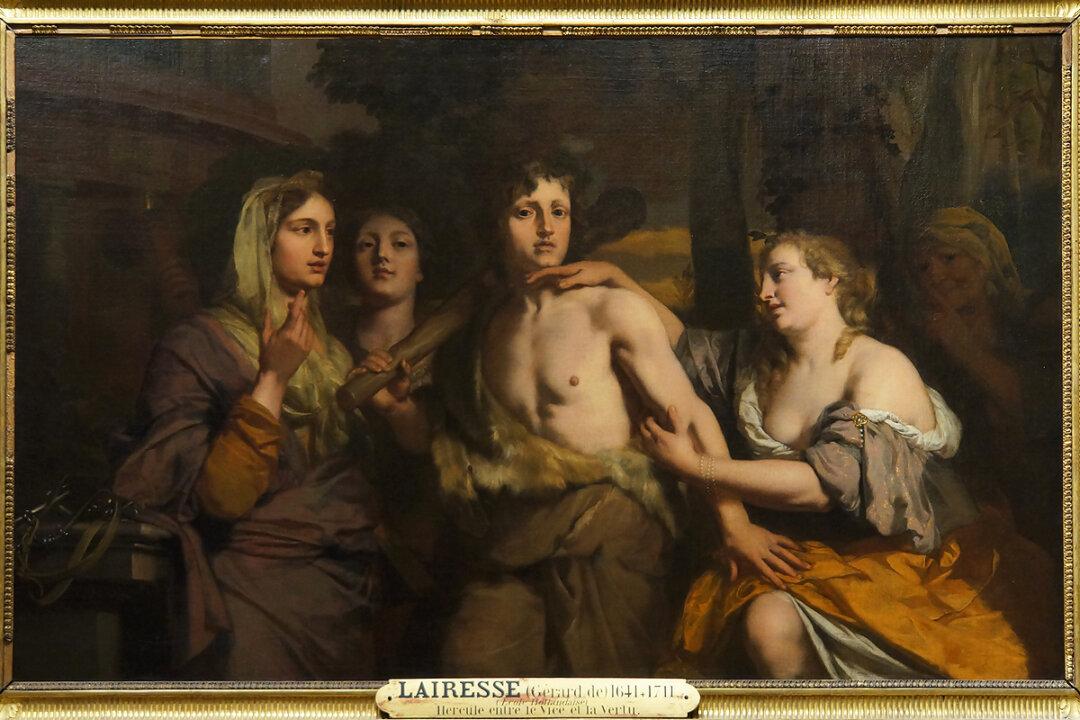I try to wake up every day and treat that day like a lifetime, like a microcosmic version of life itself. I ask myself: “Born in the morning and dead at night, how will I live today? How can I make choices throughout the day that will allow me to sleep with peace and dignity in my heart?”
I recently stumbled across a painting by Gérard de Lairesse titled “Hercules Between Vice and Virtue.” De Lairesse captured a pivotal moment in a day in Hercules’s life. I also find myself confronting moments like this in my daily life.





